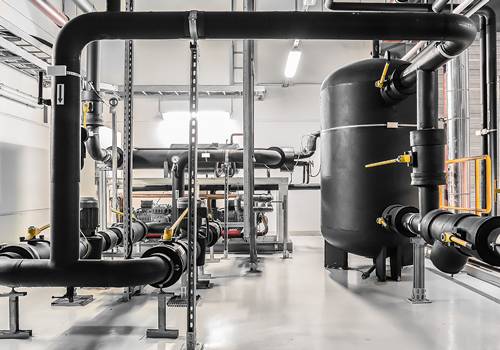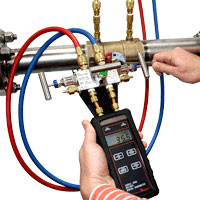We use cookies to make your experience better. By using our site, you consent to cookies. Learn more.
What is a Hydronic System and What is Needed to Balance it?
What is a Hydronic System and What is Needed to Balance it?

A hydronic system is a system designed to circulate chilled or hot water with the connections between piping and terminal units (heating and/or cooling devices). Most hydronic systems are closed and are usually made in a series loop. In addition to pipes and terminals, valves are placed in this series as a port to balance the differential pressure in the system. The balance of this type of system is often referred to as hydronic or hydraulic balancing.
Hydronic balancing is the process of optimizing the distribution of water in a building’s heating or cooling system by equalizing the system pressure. This provides the intended indoor climate at optimum energy efficiency and minimal operating cost. To provide the correct power output, this requires a certain flow known as the design flow. All flow designs are determined at the point which the structure is first built and can be found on a buildings’ blueprint. This flow is normally given at the time that the project is started.
The instrument used to balance a hydronic system is called a hydronic manometer. A hydronic manometer such as the Series 490A measures the differential pressure across valves. The typical hydronic manometer connects to the system via hoses and piercing gage adapters. Once the manometer has been properly set up, the balancing process can begin. Once the differential pressure is verified across each valve, the system can be adjusted to the flow design.
As technology evolves in these systems, instrumentation will follow. Stay tuned to see the next generation of the Dwyer Series 490A Hydronic Differential Pressure Manometer.

